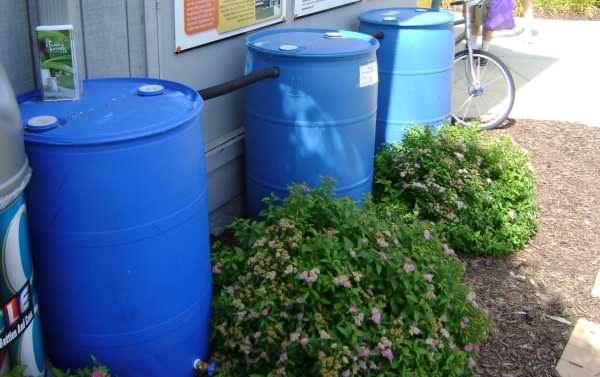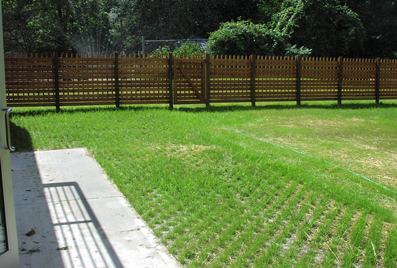Water conservation strategy options set baselines and goals for water and energy performance in municipalities. They measure progress and promote water conservation by the government, business,and the community at large. Additionally they encourage the use of the best management practices to achieve a reduction in the amount of harmful pollutants introduced to our streams, rivers, and lakes through stormwater and link water conservation and the preservation of land, wetlands, and wildlife habitat while promoting compact development, restoration and rehabilitation efforts, and long-term planning.
Water Conservation
 • Track water and sewer use annually, beginning with fifth year before entering program, and develop plan for reductions.
• Track water and sewer use annually, beginning with fifth year before entering program, and develop plan for reductions.
• Develop a water loss control plan with targets below the 15% required by the state and include a system-wide water audit implementation and time table.
• Join EPA’s WaterSense Program for water utilities or the Groundwater Guardian Green Sites program and promote them to local business.
• Use block rates and flat rates to encourage water conservation among residential, commercial, and industrial users.
• Financial assistance for sewer lateral replacements.
• Upgrade water utility equipment (e.g., variable frequency drive motors) to achieve energy efficiency.
• Infiltration and inflow reduction by 10%.
• Wastewater biogas captured and used in operations.
• Plan for replacing all toilets using > 1.6 gpf and annual progress sufficient to reach 90 percent replacement in 10 years.
Local Government Use
• Install waterless urinals in men’s restrooms at municipal facilities (city hall, parks, etc.)
• All outdoor watering by local government, excluding parks and golf courses, from rain collection.
• Develop a water efficiency and conservation plan for municipal buildings.
 Stormwater Management
Stormwater Management
• Develop a regular street sweeping program to reduce total suspended solids.
• Stormwater utility fees offer credits for best management practices such as rain barrels, rain gardens, and pervious paving.
• Inventory all paved surfaces (e.g., by GIS mapping), and develop a plan for reduction.
• Work with commercial or light industrial businesses to develop stormwater pollution plans.
Land Developement
• Identify key green infrastructure areas during plan development and/or implement a plan to acquire and protect key green infrastructure areas.
More Sustainable Communities Strategic Options:
